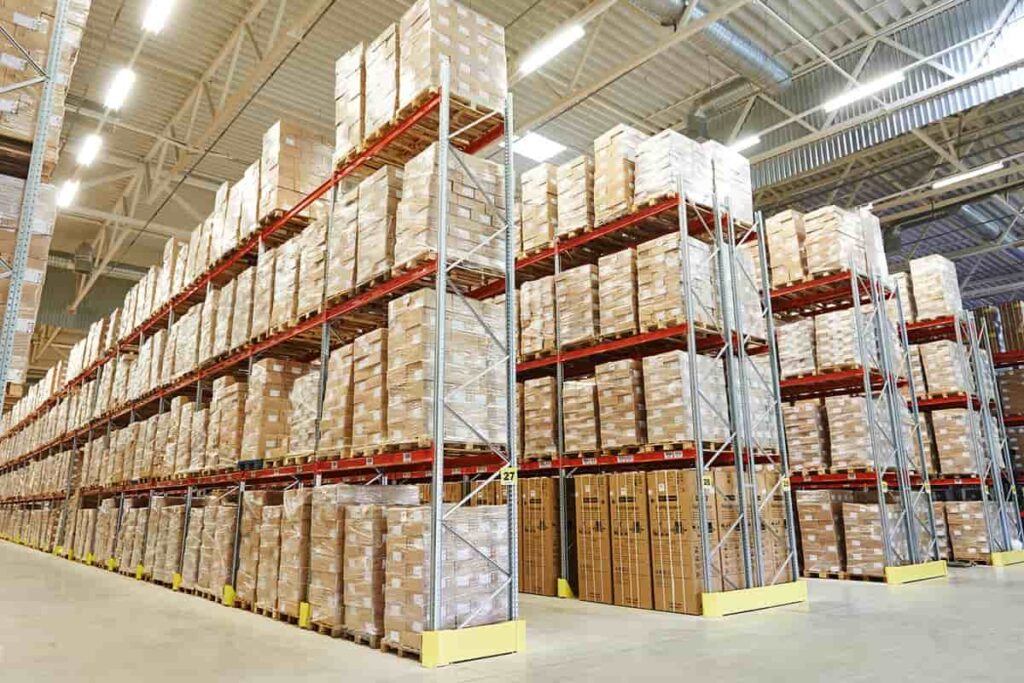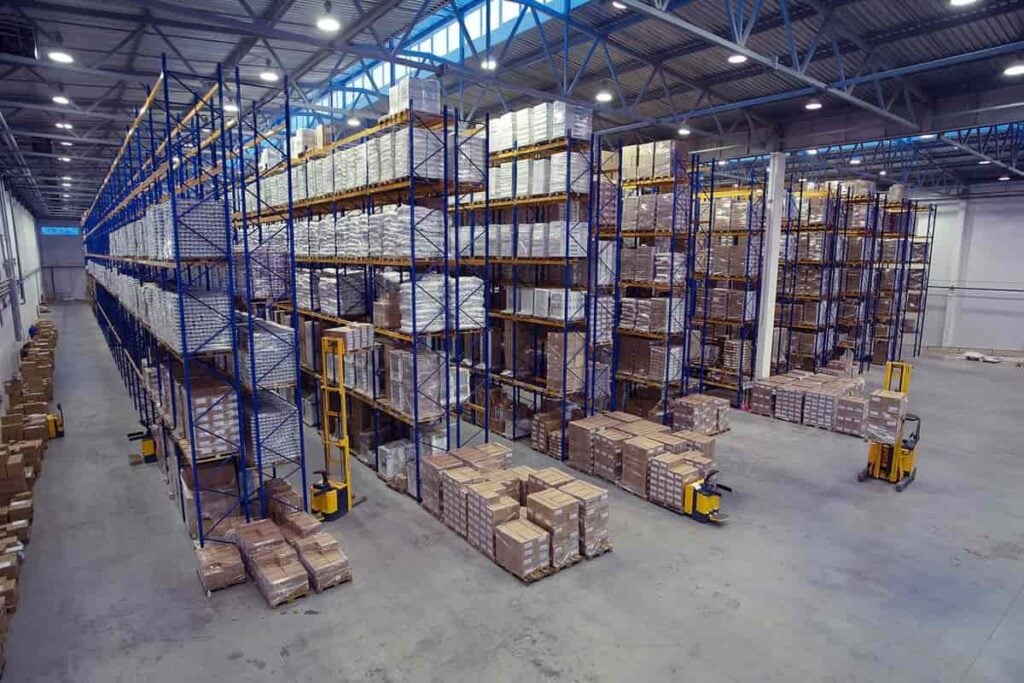Berkshire Grey Stock – A Pure Play on Warehouse Robotics
Table of contents

Why is it that when a stock rises +300%, nobody bats an eye, but when it falls -10%, everyone panics and starts asking questions? That’s partly due to a psychological phenomenon known as “loss aversion” which shows people feel the pain of a loss about twice as hard as the joy of a gain. That’s why most people who invest in tech stocks don’t sleep well at night. Today’s market is simply demonstrating what people always seem to forget. Tech stocks are an extremely volatile lot.
Right now there are a lot of special purpose acquisition companies (SPACs) out there that need to find a target and acquire them before the music stops and the whole house of cards comes crumbling down. While some SPACs represent appealing companies – Desktop Metal, Butterfly Network, or Velodyne – most are pre-revenue teams with dreams that will likely fail, no matter how much money you throw at them. Today, we’re going to look at a special purpose acquisition company (SPAC) corporate event that a number of our premium subscribers have shown interest in – Berkshire Grey. They’re doing a reverse merger with a SPAC called Revolution Acceleration Acquisition (RAAC).
About Berkshire Grey
We’ve looked at plenty of robots working in warehouses but never came across Berkshire Grey before because they were flying under the radar. Founded in 2013, Massachusetts startup Berkshire Grey has taken in $263 million in disclosed funding from investors that include SoftBank and Khosla. All that money was used to build a warehouse robotics solution that was unveiled in 2018 when the company exited stealth mode with some big reference clients on board including Walmart, Target, FedEx, and TJX. Here’s an interesting set of metrics from their deck.

The Founder and CEO of Berkshire Grey, Tom Wagner, was previously the CTO at iRobot (IRBT), and comes to the table with extensive technical qualifications. Investors are having to place a lot of trust in Mr. Wagner because his company’s investor deck left out the single most important thing we look for when investing in a tech stock – the risks. Typically, this will be detailed elaborately in the S-1 filing of a company that decides to do the right thing and IPO. Not in SPAC-land though, where the most important thing is the size of the promises you make. Since we’re not given much information about what things look like under the hood, we’re largely left believing in the company’s leadership – which pretty much describes every SPAC offering to date.
The value proposition is credible. Amazon has disrupted retail with automation, and every other company out there that hopes to compete will also need to adopt automation. It’s a $280 billion total addressable market with only 5% of warehouse currently automated and 90% of picking done manually. Berkshire Grey manufactures nothing in-house, but still commands a large portfolio of intellectual property that protects their solution.

This asset-light business model makes sense. Robotics technology is fairly mature, so why not just cherry-pick the best technologies out there and create a platform around them?
The deck talks about how the aforementioned anchor customers are “expected to roll out Berkshire Grey’s technology broadly” and that they have over a hundred new customers “in the pipeline” which is sales speak for “we have a contact in our CRM system and we’ve had some correspondence with them.” Another thing that’s lacking here is the revenue breakdown so we can see which customers are contributing what percentages of overall revenues. Speaking of revenues, here’s what you can use to benchmark the performance of Berkshire Grey going forward:

That +99% compound annual growth rate (CAGR) estimate and $3 won’t get you a 40 of Olde English these days. It all comes down to how well this management team can execute on this credible but lofty vision.
To Buy or Not to Buy
It’s important to understand what we’re investing in here – warehouse automation. This involves a mix of technologies including artificial intelligence, robotics, and eventually 5G so that your entire warehouse can become a digital twin. The thesis was boosted when The Rona hit and warehouses were being closed because workers were falling ill. Robots don’t come down with viruses, they don’t take smoke breaks, they don’t start acting like victims, they learn from each other, and they get better and better every day that passes. There’s absolutely every reason for warehouses to move to full automation, a decision that’s usually made by looking at how many years it will take to show a return on your investment. In the case of Berkshire Grey, expect a return on your warehouse automation investment in 2-3 years.
Ocado Group vs. Berkshire Grey
Investors who want exposure to the warehouse automation thesis should also consider a U.K firm called Ocado Group. While the majority of revenues still come from their online grocery business (72%), they’re continuing to grow their remarkable robotics warehouse offering with international expansion now starting to bring in revenues. As you can see below, 2020 revenues surged as The Rona brought some unexpected tailwinds for Ocado Group.

While Ocado lacks the breadth of industry verticals that Berkshire Grey is targeting, they have a unique advantage in grocery as they’re eating their own dog food and growing rapidly as a result. Ocado’s online share of the UK grocery market almost doubled to 14% in November 2020 from 7% pre-pandemic. More importantly, their Solutions & Logistics business brought in $926 million in 2020, a number that will continue to grow as more of their international robotics grocery fulfillment solutions come online from the below names which include Kroger, the leading American supermarket by revenues.

The SPAC Premium
As of the last market close, shares of Berkshire Grey traded at $10.84 which means you’re paying an +8.4% premium (roughly) which isn’t bad. Of course, that’s assuming that the offering was fairly valued in the first place. We have our eye on Ocado Group at the moment and believe that, as a more established firm, they represent a lower risk investment in warehouse automation. We also like diversifying away from the U.S. whenever we can (our 30-stock portfolio is heavily exposed to ‘Murica), and Ocado Group gives us exposure to the exact same thesis, just without the ARK effect. With shares of Ocado down -27% off their high set last month, it may make sense to start nibbling.
Conclusion
It’s always important to spell out the thesis you’re investing in so you can see what opportunities exist. If you’re risk averse like us, you’ll go with the option that allows for greater diversification and lower risk. The opportunity pretty much sells itself, so you won’t find a whole lot of value in the Berkshire Grey investment deck. For a real look under the hood, you’ll just have to wait until the merger completes and the regulatory filings start rolling in.
Sign up to our newsletter to get more of our great research delivered straight to your inbox!
Nanalyze Weekly includes useful insights written by our team of underpaid MBAs, research on new disruptive technology stocks flying under the radar, and summaries of our recent research. Always 100% free.















